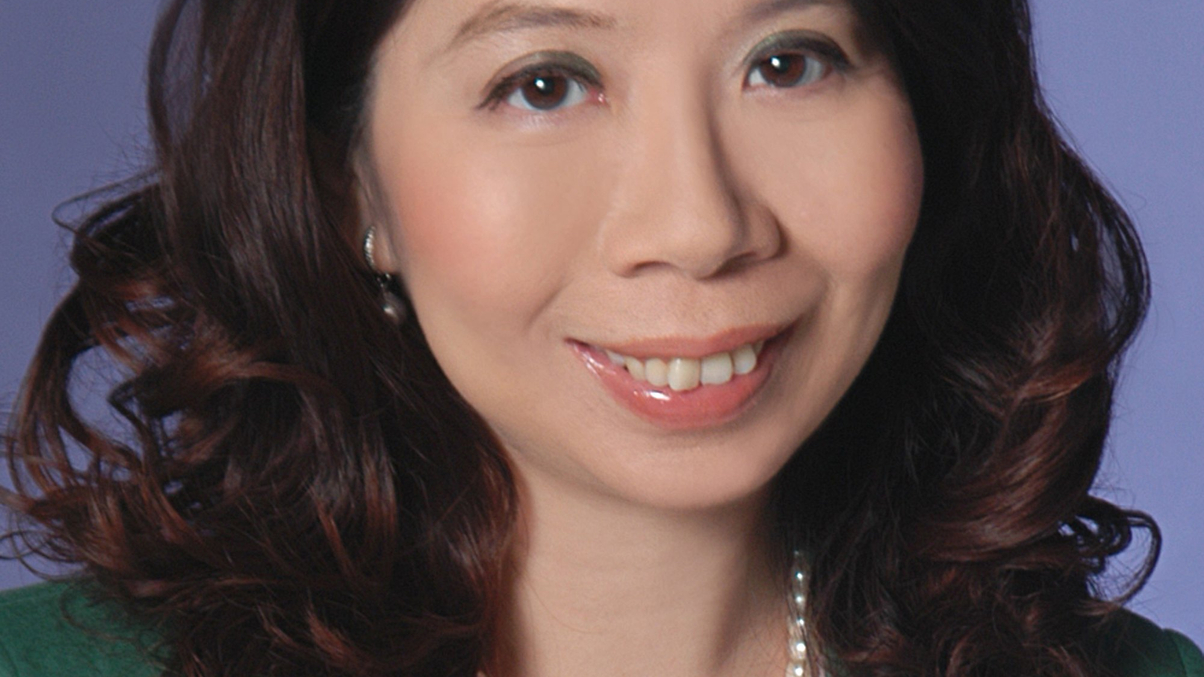Natixis tips liquid alts, outlines retail plans
As Natixis Global Asset Management expands its range of retail Ucits funds in Asia, the firm points to increased interest in alternative funds with daily liquidity. Others confirm this trend.

The search for yield is increasingly seeing investors look to liquid alternatives as interest rate rises loom on the horizon, argue Natixis Global Asset Management (NGAM) and Deutsche Bank.
Sign in to read on!
Registered users get 2 free articles in 30 days.
Subscribers have full unlimited access to AsianInvestor
Not signed up? New users get 2 free articles per month, plus a 7-day unlimited free trial.
¬ Haymarket Media Limited. All rights reserved.


